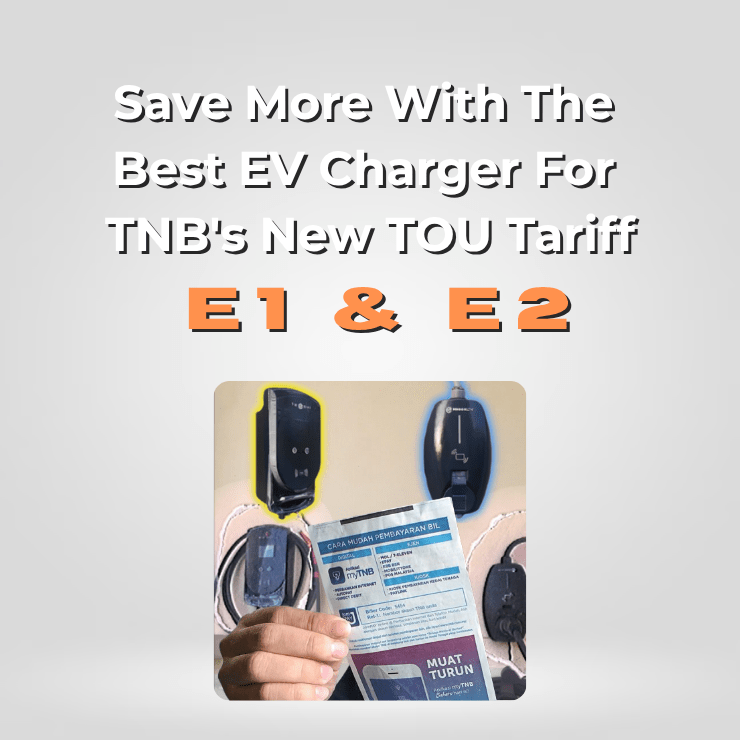Is A Basic Portable EV Charger Safe? How Does The E2 Compare

In the context of Malaysian EV charging regulations—particularly under the Electricity Supply Act 1990, ST (Suruhanjaya Tenaga) guidelines, and EVCS (Electric Vehicle Charging System) licensing frameworks—a Portable EV Charger is not outright prohibited, but its use is generally discouraged for regular or long-term EV charging.
Why the Basic Portable EV Charger Earns Its Infamous Reputation — and How It Compares to the E2 EV Charger
A Portable EV Charger is often considered a secondary option by EV owners who already have a dedicated wallbox at home. However, not all Portable EV Chargers are certified for prolonged use. Real-world incidents and misleading claims have resulted in unexpected costs for many users. Below are three reasons the E2 EV Charger is regarded as a safer and more reliable alternative.
- RCD Test Failure
- 3 Pin Plug Wiring
- Less Power, Longer Waiting
Portable EV Charger Case: RCD Test Failure
In 2022, a case in the UK highlighted a serious flaw in a Portable EV Charger sold via Amazon. A fault in the charging cable was not detected because the internal Residual Current Device (RCD) failed to trip, which caused excessive current to be drawn through the 13A fuse, ultimately leading to overheating.
In contrast, the E2 is subjected to rigorous in-house testing, where it is evaluated under strict safety protocols and comprehensive RCD testing standards. A Type A+ RCD is fitted to the E2 to ensure enhanced fault protection and safer operation during everyday use.
Underrated 3 Pin-Plug Wire Sizing.
Most 3-pin plug Portable EV Charger are fitted with a 13A fuse and are wired with 1.5 mm² cables, which are not rated for prolonged high-current loads over 6 to 10 hours. As a result, excessive heat is often generated at the plug head, particularly in older or poorly wired sockets.
In contrast, the E2 is equipped with a 3-pin plug adapter that uses 2.5 mm² wiring, allowing sustained current flow with reduced thermal stress. This results in significantly lower strain on the connected circuit.
Less Power Longer Waiting
The limitation of a basic portable EV charger lies in its output capacity. Charging current of just 10A results in 2–3 kW of power delivery, which translates to 8–10 hours required for a full EV charge.
By contrast, the E2 is designed as a portable wallbox charger, with the capability to deliver up to 22 kW through a CEE 5-pin connector, enabling significantly faster charging.




